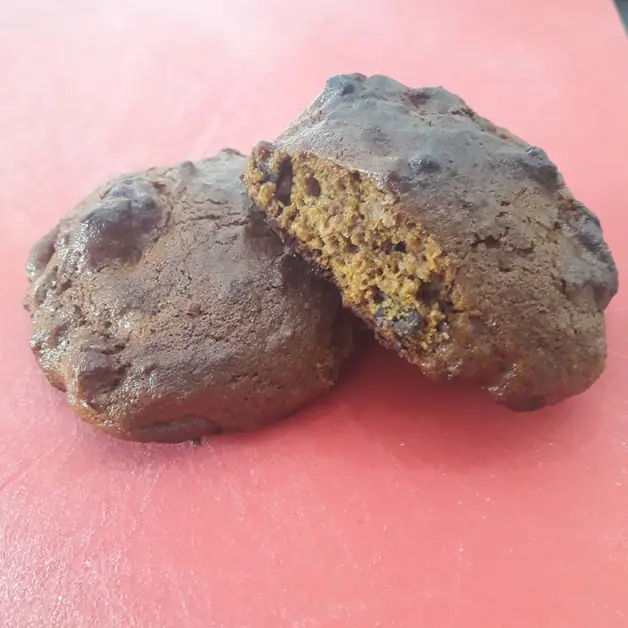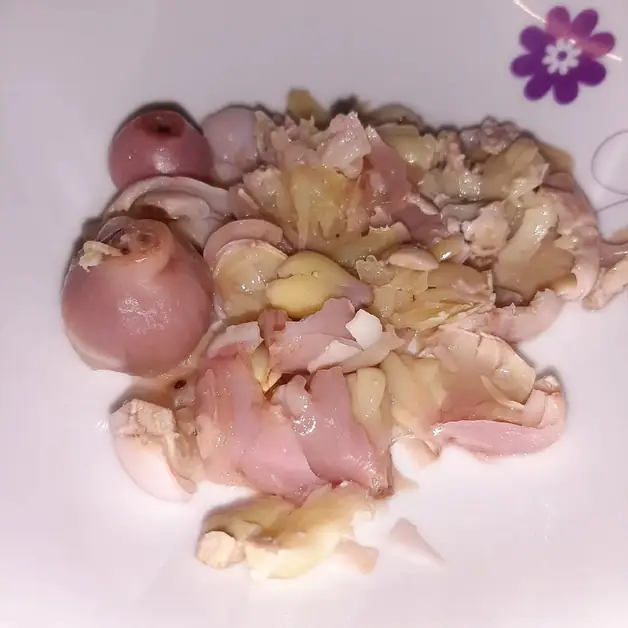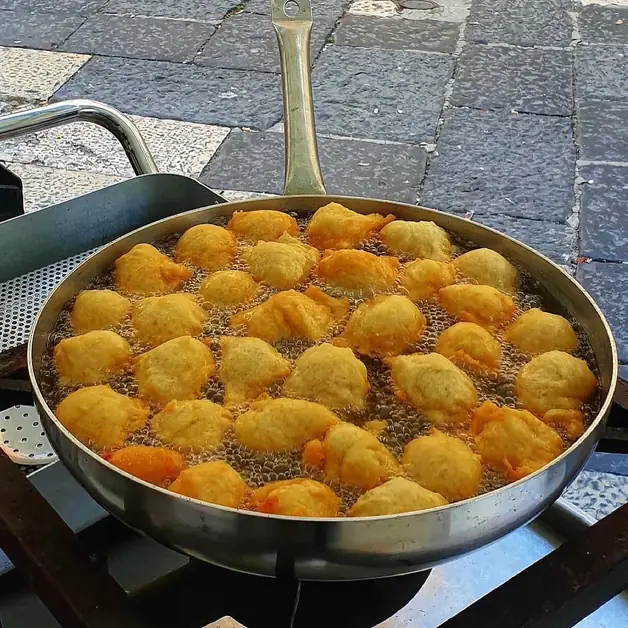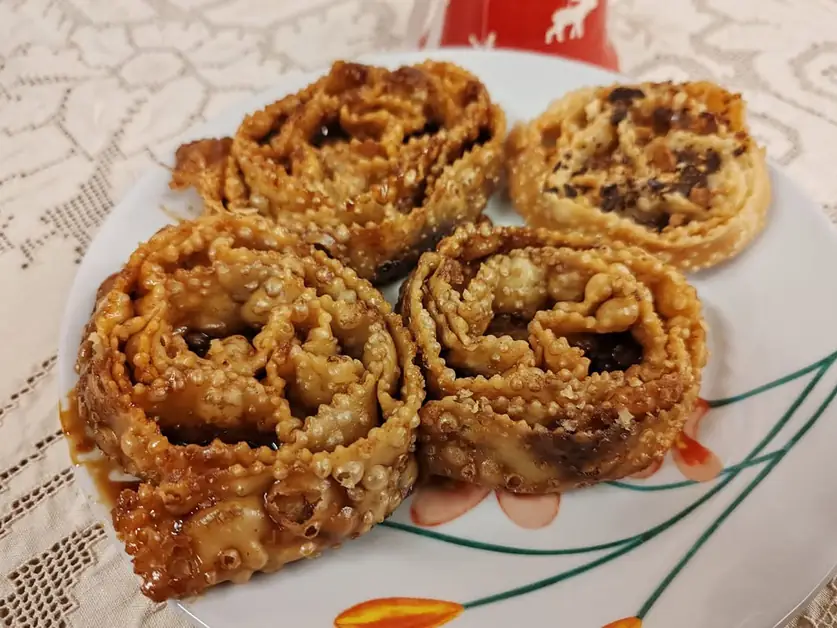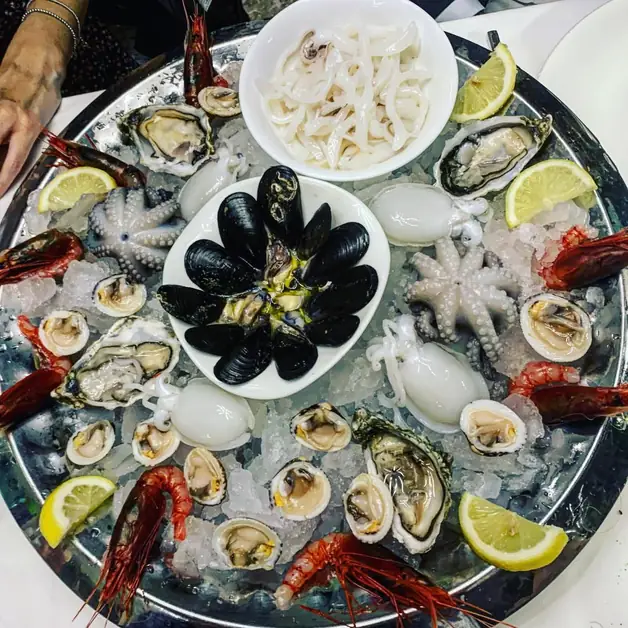The focaccia barese symbol of Puglia tradition
Focaccia barese is a symbol of Puglia tradition, loved for its unique flavor and history.
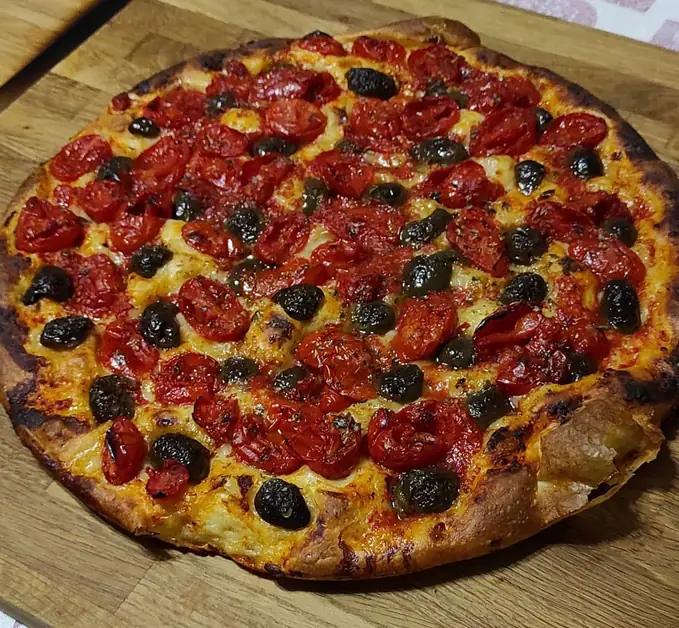
What makes focaccia barese one of the most loved symbols of Puglia cuisine?
Focaccia barese is one of the most representative dishes of Puglia and, in particular, of the city of Bari. It is not just food, but a true symbol of identity and tradition. Crunchy on the edges, soft inside, and topped with cherry tomatoes and barese olives, it is the undisputed queen of Puglia street food.
In Bari, in fact, focaccia is not just food: it is a daily ritual. It is eaten for breakfast, lunch, snack, or during a walk along the seafront. It is the aroma that fills the streets of the historic center and the bakeries of the Madonnella district, a scent that tells stories of family, sea, and tradition.
What are the original ingredients of focaccia barese?
The ingredients of focaccia barese are simple, but their quality makes all the difference. Here is the traditional recipe: 200 g of soft wheat flour 150 g of remilled semolina 300 ml of lukewarm water 8 g of natural yeast or sourdough 100 g of extra virgin olive oil Half a boiled potato 1 pinch of sugar Salt to taste 200 g of cherry tomatoes Green barese olives in brine Oregano to taste
Each ingredient has a precise role: the boiled potato makes the dough soft, the semolina gives structure, and the extra virgin olive oil provides aroma and perfect browning.
How is the dough for focaccia barese prepared?
Preparation begins with the dough, the heart of the recipe. In a large bowl, the two flours, yeast, sugar, and the boiled and mashed potato are combined. Lukewarm water is gradually added, followed by the extra virgin olive oil.
The dough should be soft and slightly sticky, a sign that it has absorbed all the liquids well. After kneading it for a long time, it is covered with a cloth and left to rise for about an hour, until it doubles in size.
The rising phase is fundamental, as it determines the softness and lightness of the final product.
How is focaccia barese stretched and topped?
Once risen, the dough is transferred to a baking tray generously greased with olive oil. With your hands, it is gently stretched, pushing it towards the edges without tearing it. The oil not only prevents sticking but also creates that crunchy crust that makes it irresistible.
At this point, halved cherry tomatoes, lightly pressed with fingers, and barese olives in brine are added. It is seasoned with oregano, a pinch of salt, and a drizzle of raw oil.
How is the perfect cooking of focaccia barese achieved?
Cooking is another key step. Focaccia is baked at 250°C for about 30-40 minutes in a static or ventilated oven. The secret is to cook it until it becomes golden on the edges but remains soft in the center.
During cooking, the aroma of tomato and oil fills the kitchen: it is the signal that the focaccia is almost ready. Once out of the oven, it is left to rest for a few minutes, although in Bari it is almost impossible to resist and not taste it immediately.
Why is focaccia considered street food in Bari?
In Bari, street food is an integral part of the city's culture. Eating on the street is not a recent trend, but a tradition rooted for generations. Focaccia barese is the emblem of this way of experiencing food: simple, convivial, authentic.
It is bought at the bakery, often hot, and eaten while walking through the streets of the center or sitting on the seafront wall. It is a daily gesture that unites locals and tourists, a way to feel the city through taste.
What is the difference between focaccia barese and other Italian focaccias?
Unlike genovese focaccia or other regional versions, barese focaccia is distinguished by the use of boiled potato in the dough and the richness of the topping made with tomatoes and olives. Moreover, its cooking in abundant olive oil gives it a unique browning and a decisive flavor.
Focaccia barese is never neutral: it must be tasty, fragrant, and slightly crunchy on the bottom, with golden edges and a texture that melts in the mouth.
Where does the tradition of focaccia barese come from?
The origins of focaccia barese are lost in time. It probably derives from ancient peasant recipes created to reuse bread dough. Over time, it has become an identity product, widespread throughout the province and beyond.
In the barese tradition, each family had its own version: some taller and softer, others thinner and crunchier. But in all of them, there was the element that still distinguishes it today: the extra virgin olive oil from Puglia, the main ingredient of local cuisine.
How is focaccia barese served and enjoyed?
Focaccia barese is served at room temperature, although many prefer it warm. It is perfect as a snack, but also as a main dish or accompaniment to cold cuts and cheeses.
In Bari, it is eaten at any time of the day: as a savory breakfast, quick lunch, snack, or impromptu dinner. In local bakeries, it is often found next to panzerotti and sgagliozze, testifying to its central role in the city's gastronomy.
Where can you taste the real focaccia barese?
Anyone visiting Bari must stop at one of the many historic bakeries in the city, such as those on via Argiro, via Manzoni, or Bari Vecchia. Each bakery has its secret recipe, but they all share the same love for tradition.
Even in nearby towns, such as Molfetta, Bitonto, and Giovinazzo, focaccia is a true institution: the texture or amount of topping may vary slightly, but the result is always delicious.
